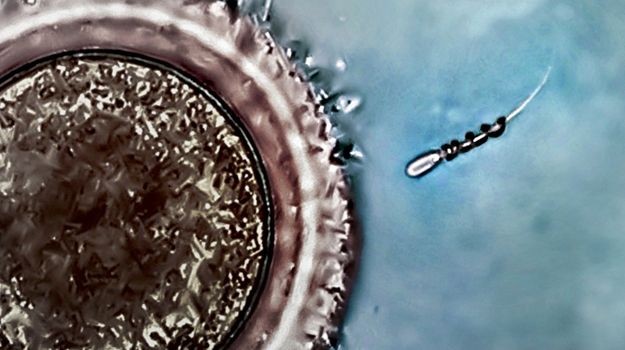Feb 8, 2016
What does artificial intelligence see when it watches political ads?
Posted by Karen Hurst in categories: information science, internet, robotics/AI
Here is a concept to think about when we’re 20 or 30 years into the future — imagine a world where humans and all living things in it are truly Singular, and the new AI & Humanoid robots are alive and well. Will AI (including Robots) ever need therapy, will AI ever get stressed out or have panic attacks, will any humans know what AI is thinking once we give AI more independence?
I ask these questions because as we enhance and evolve AI to be like humans and interpret and process emotions, feelings, and interact like humans; will AI expeience fully the struggles of everyday life like some humans do? And, when needs counseling or therapy will they go to another AI or will they see a human therapist?
As we evolve AI; we must look at the full longer picture around AI including how human do we really wish to make AI.
Continue reading “What does artificial intelligence see when it watches political ads?” »
















